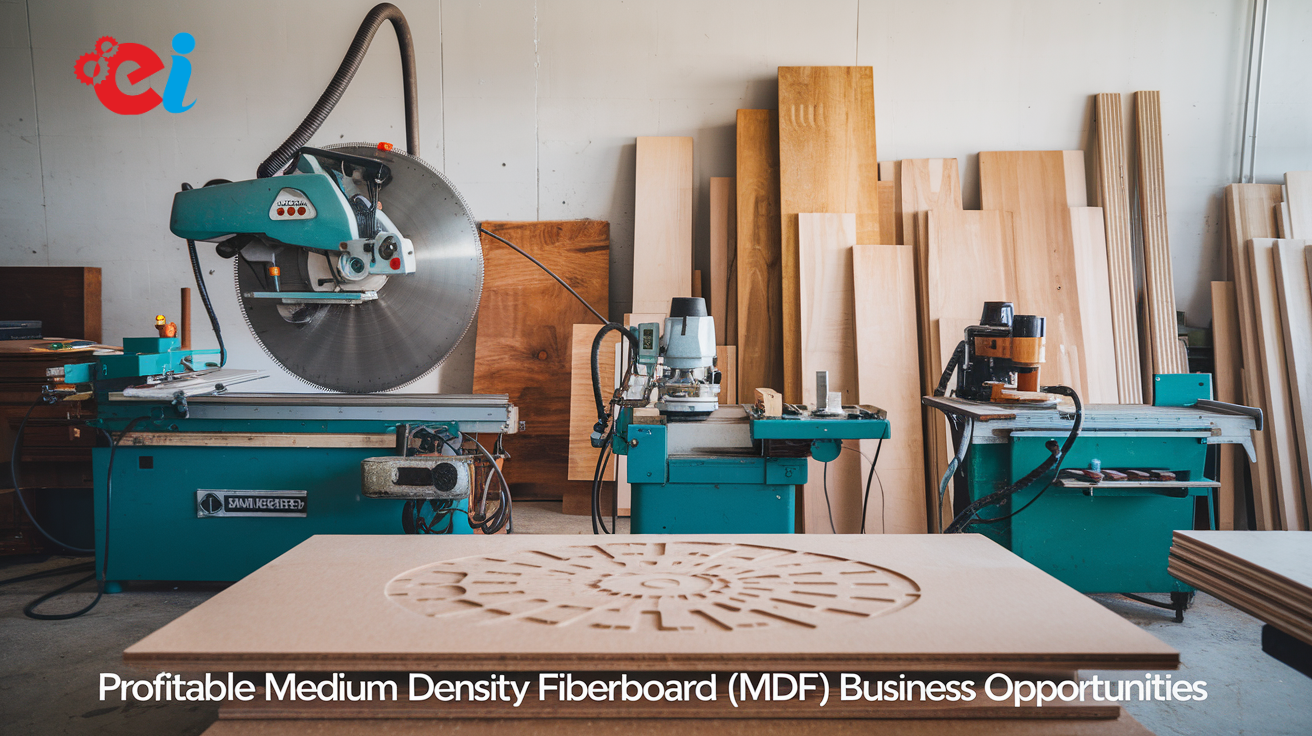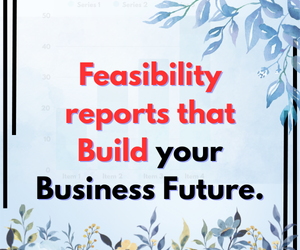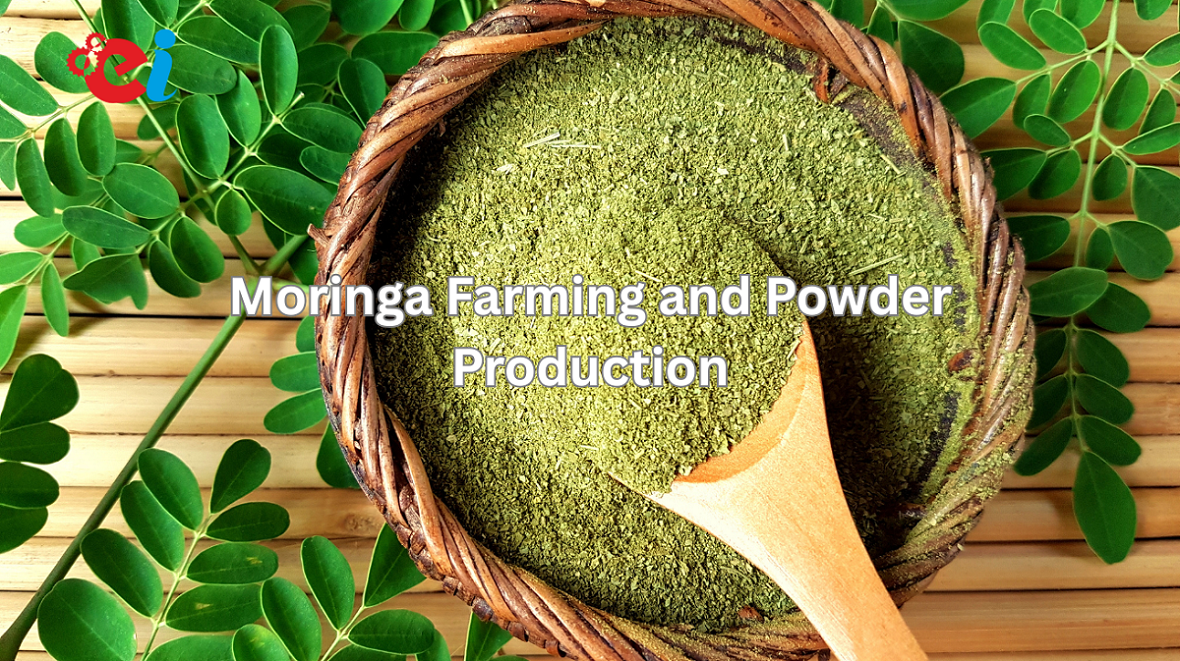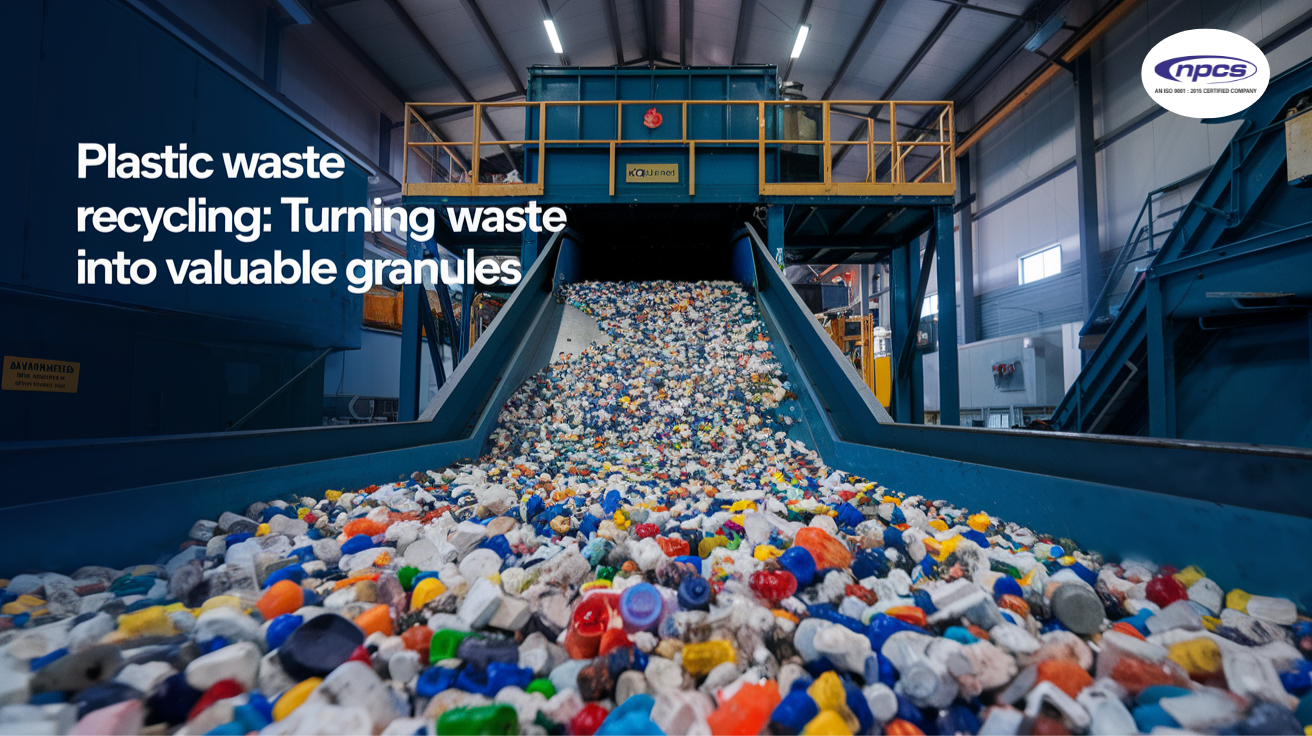Medium-density fiberboard (MDF) has become one of the most sought-after materials in industries like furniture manufacturing and construction. It is used in a variety of applications due to its affordability, sustainability, and versatility. This blog aims to inform entrepreneurs and business owners about the potential of starting an MDF business. We will discuss how the MDF market is growing and why it’s a profitable venture for new businesses.
What is Medium Density Fiberboard (MDF)?Fiberboard,
MDF stands for Medium Density Fiberboard, which is engineered wood formed through wood fiber reduction followed by mixing with resin and high temperature compression. Resin mixes with these fibers before pressing the mixture at high pressure and temperature until the boards solidify into dense, strong items. The production process creates one smooth, compact substance suitable for making furniture pieces as well as flooring installations and indoor decorative elements. Industry professionals choose MDF mainly due to its low-cost production together with its solid wood appearance replication capabilities.
Growth of the MDF Market
The market requirement for medium density fiberboard products has progressed smoothly in successive yearly periods. The MDF market achieved a $39.76 billion market value in 2022 and experts expect this figure to grow to $67.64 billion during 2030 while displaying a 6.9% annual growth rate. The MDF market experiences rapid expansion because of ongoing growth in the construction sector as well as the furniture manufacturing industry. The demand for sustainable materials has surged because MDF contains recycled wood fibers and functions as an eco-friendly construction product.
Read more about : Manufacturing Unit of Medium Density Fiberboard (MDF)
Factors Driving the Growth of the MDF Market
1. High Demand from the Furniture Industry
The furniture sector chooses MDF as its primary material since it offers both cost-efficient benefits and flexible design capabilities. The material’s silky finish enables delicate decorative work and decorative finishing, which makes it fitting for cabinet construction and desk and shelf production. MDF gained market popularity because its imitation of wood appearance combined with reduced expenses made it an attractive material for manufacturers.
2. Expansion of the Construction Sector
The expansion of the construction business worldwide has created rising market needs for MDF while emerging economies show especially strong growth. The building industry employs MDF for many different purposes, which include three key features: wall paneling and ceiling tiles. The growing urbanization trends, together with infrastructure, create a stable market outlook for MDF building material usage.
3. Environmental Sustainability
The sustainability impact of products gives consumers and businesses greater reason for concern during their purchasing decisions. This material receives recognition as sustainable since the production process uses recycled wood fibers to decrease the consumption of original tree wood. Companies find MDF attractive because its environmentally friendly production method satisfies customer expectations for sustainable business practices.
Advantages of Starting an MDF Business
Operation of an medium density fiberboard business presents various significant benefits to entrepreneurs. A wide variety of benefits accompany MDF businesses starting up, including both market requirements and cost-efficient manufacturing requirements. The MDF market presents these fundamental advantages to prospective businesses.
and
1. High Market Demand
The rising market demand for medium density fiberboard maintains a steady upward trend between different industry sections. The MDF products market will experience increased demand because the furniture and construction sectors maintain their expansion patterns. The promising market situation creates substantial opportunities for companies planning to launch MDF ventures.
2. Low Production Costs
The production of MDF requires wood residues comprising sawdust and wood chips and shavings, leading to low production expenses. The raw materials MDF manufacturers utilize because of their origin as other industries waste products result in lower costs than using solid wood. MDF production reduces manufacturing expenses while maintaining first-class product quality.
origin,versatility,
3. Wide Range of Applications
MDF shows versatility which allows its usage across different industries. MDF serves for building both functional and decorative pieces, including furniture pieces as well as cabinets, doors and and decorative moldings and trim. The ability of MDF manufacturers to service multiple customer groups stems from the varied product applications MDF offers.
4. E-friendly Product
Environmental awareness growth among consumers leads them to choose sustainable choices for their purchases. Medium density fiberboard stands out as an environmentally friendly product because it contains recycled materials. Organizations use this sustainable product as both a market appeal to green consumers and an effective way to protect natural forests.
Steps to Establishing an MDF Business
The establishment of MDF business demands proper execution and financial resources before commencement. The following sequential guide outlines the process of starting your own MDF manufacturing establishment.
1. Conduct Market Research
You must research the market environment before launching your new business enterprise. Perform detailed research about product demand while recognizing market competition and pinning down possible client bases. The analysis of your market environment will enable you to generate smart decisions about starting your MDF company.
2. Conduct a Feasibility Study
Your MDF business success depends on the outcome of conducting a feasibility study. Analysis of business aspects, including financial aspects, technical aspects, and operational aspects, determines whether starting this business would be worthwhile. It is essential to conduct this step for clear determination of startup expenses along with expected financial returns and potential business hurdles.
3. Develop a Business Plan
Your research results and feasibility study completion will lead you into developing an extensive business plan. Your plan for the business requires basic information about your market target group as well as production steps alongside financial predictions and marketing approaches. A well-written business plan serves two essential purposes: it functions for funding acceptance by investors or banks and for achieving extended business success.
4. Choose the Right Location
Establishing an MDF manufacturing plant demands an appropriate site selection vital for its success. The selection of your facility site must provide simple access to material supply and both transportation infrastructure and consumer markets. Your organization’s efficiency, together with transportation cost reduction, should benefit from selecting an operation site that places you near key infrastructure networks.
5. Comply with Regulations
The establishment of an MDF business needs compliance with all relevant local law requirements for environmental management and safety standards as well as zoning laws. Obtain all required licenses and permits together with fulfilling each legal requirement before starting production.
6. Invest in Equipment and Technology
Bringing out high-quality MDF products demands the purchase of particular machines and other specialized equipment. The basic production equipment for MDF operations includes wood chippers together with dryers, presses, and sanding machines. Modern production techniques with technology applications enable higher efficiency as well as uniformity in finished products.
7. Implement a Marketing Strategy
The next step after MDF business setup should be marketing. Establishing a powerful marketing plan functions as the foundation to draw customers while creating memorable brand recognition. Internet platforms, together with trade shows and corporate collaborations, will help you market your MDF products.
What Are the Reasons to Opt for Niir Project Consultancy Services?
Starting a business involving MDF manufacturing requires complex procedures, yet the correct guidance ensures the creation of successful businesses. NPCS, Services, as Niir Project Consultancy Services, provides professional guidance to business owners who want to start operating in the MDF market. Laboratory services at Niir Project Consultancy Services prepare tailored business plans from market research findings to ensure you make well-informed business choices and stay clear of typical industrial challenges.
Project Report On : Medium density fiberboard (MDF)
Conclusion
The MDF industry welcomes many new venture and startup prospects. The MDF market represents a promising opportunity because sustained growth is expected from the furniture sector and construction industry and also from customer preference for materials with sustainable origins. A flourishing MDF manufacturing venture can be launched in a competitive market through proper execution along with professional advice.







